Data Vis Dispatch, January 14: Fire, congestion, and Greenland
January 14th, 2025
11 min
This article is brought to you by Datawrapper, a data visualization tool for creating charts, maps, and tables. Learn more.
The best of last week’s big and small data visualizations
Welcome back to the 34th edition of Data Vis Dispatch! Every week, we’ll be publishing a collection of the best small and large data visualizations we find, especially from news organizations — to celebrate data journalism, data visualization, simple charts, elaborate maps, and their creators.
Recurring topics this week include figure skating, midterm elections, and Russia’s economic ties to Europe.
The situation in Ukraine continued to deteriorate this week, as Russia ordered troops into separatist regions. Several charts and maps focused on the economic sanctions that western countries have threatened in response:
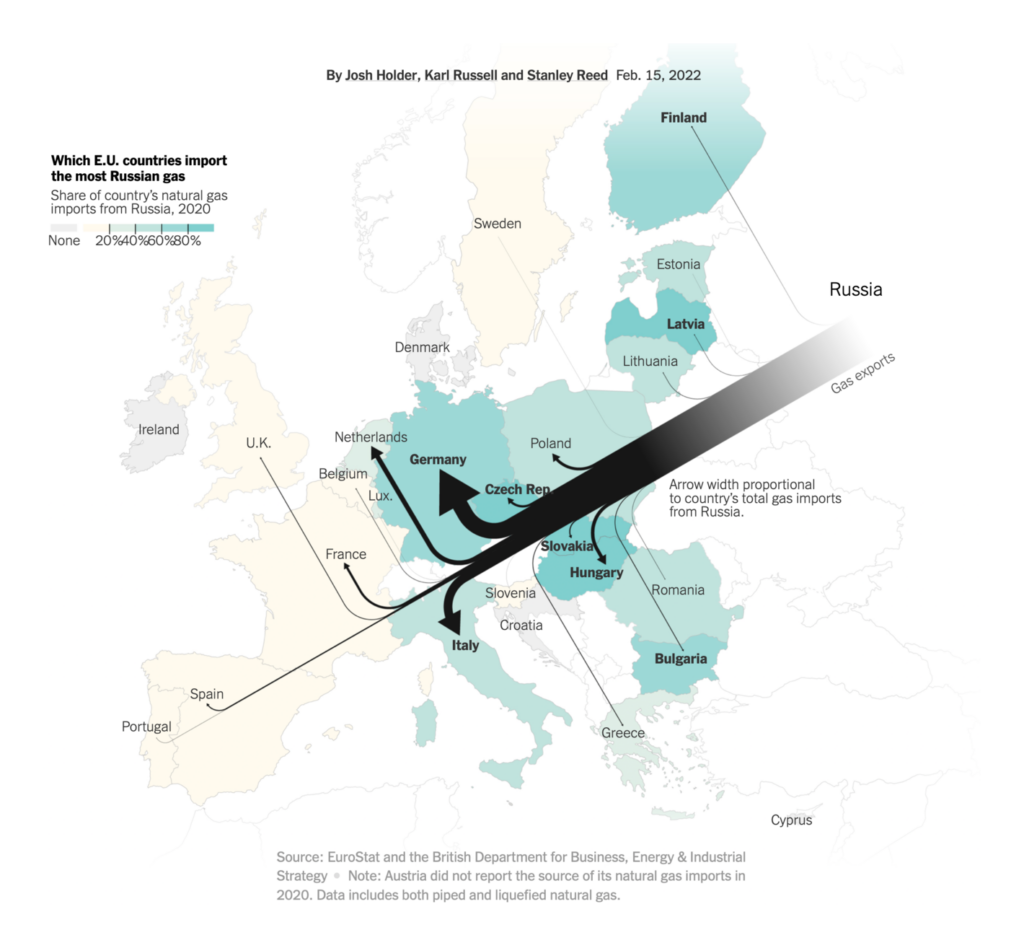

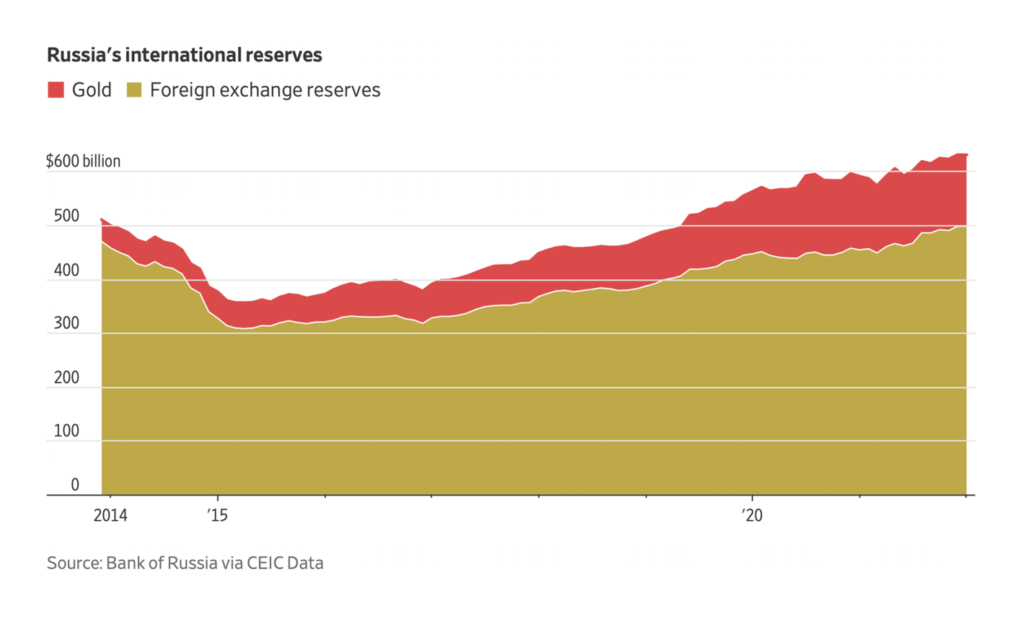
Others visualized the domestic political landscape in Ukraine:
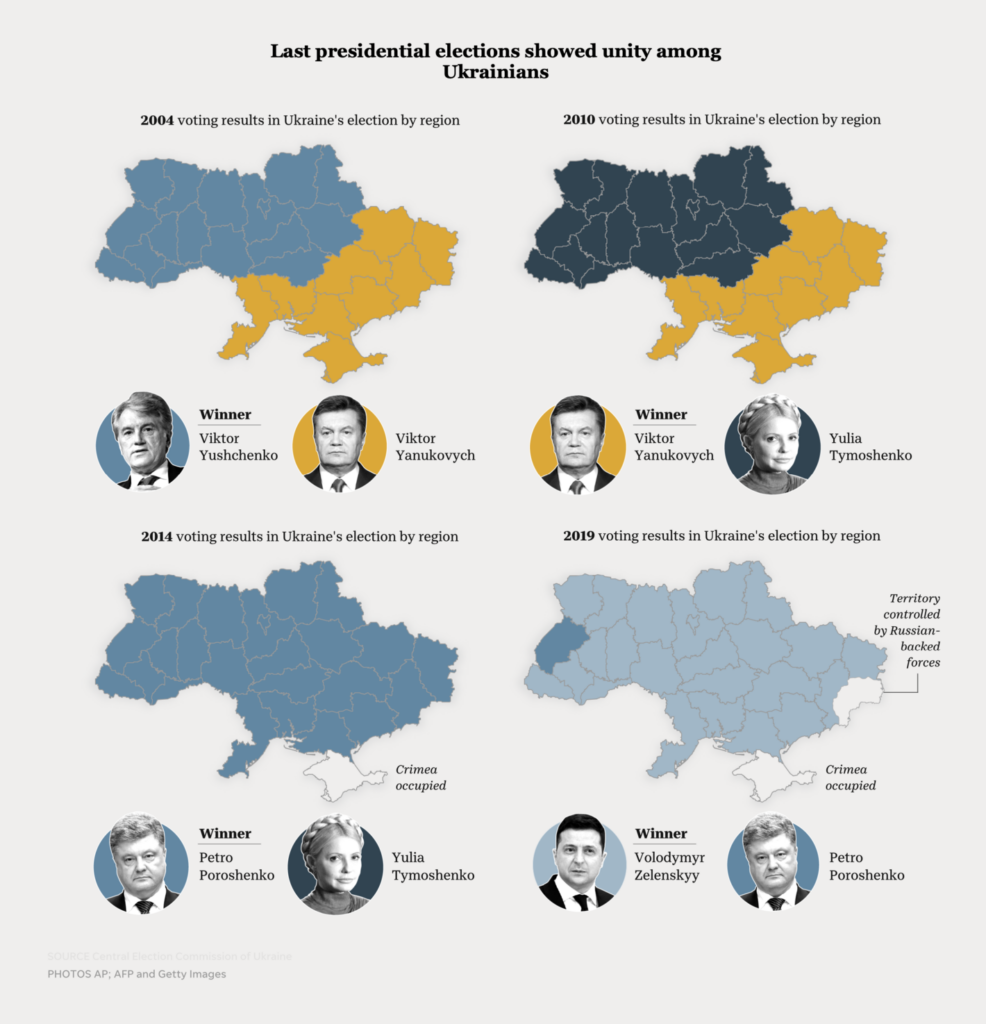
The Winter Olympics ended this weekend, with more drama in women’s figure skating:
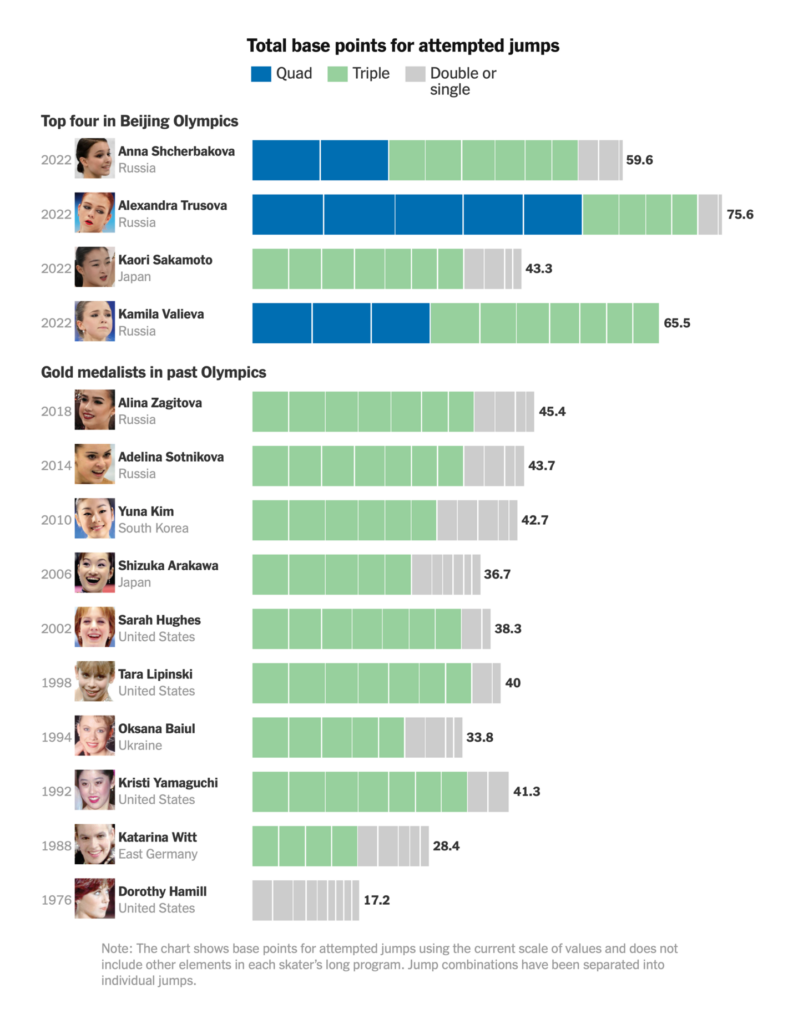
Plus — an athletic feat that will never make the Games, because only one person has ever attempted it:

With a calm week in COVID news, there was time to look back at the big picture — vaccine distribution, the challenges of misinformation, and the pandemic’s disruption to other medical research:
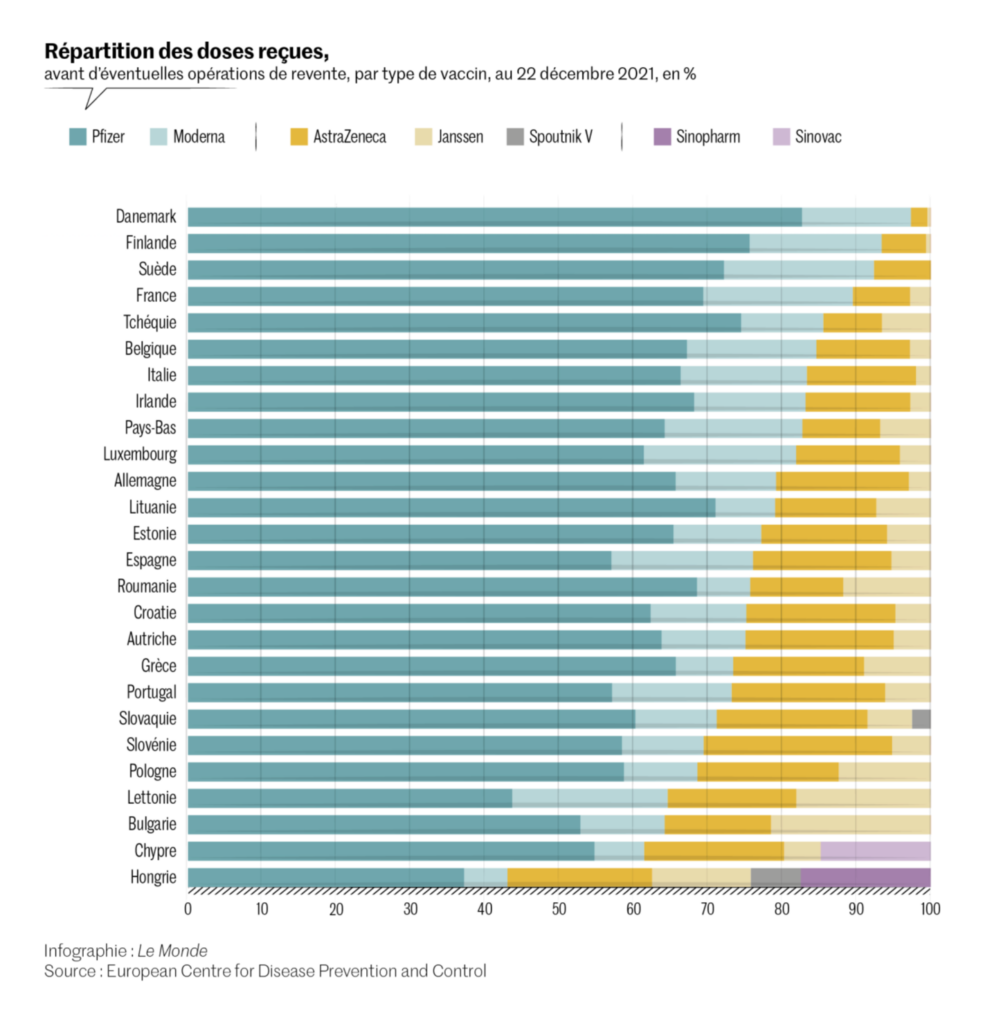
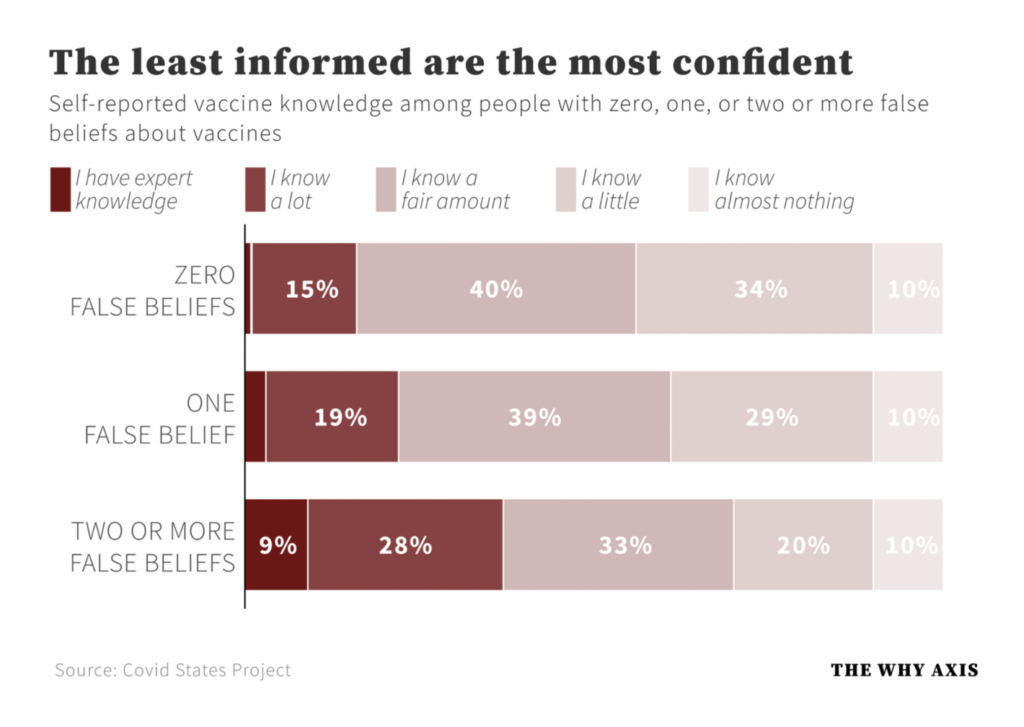

We’re still over eight months out, but the first charts looking ahead to U.S. midterm elections have started to appear:
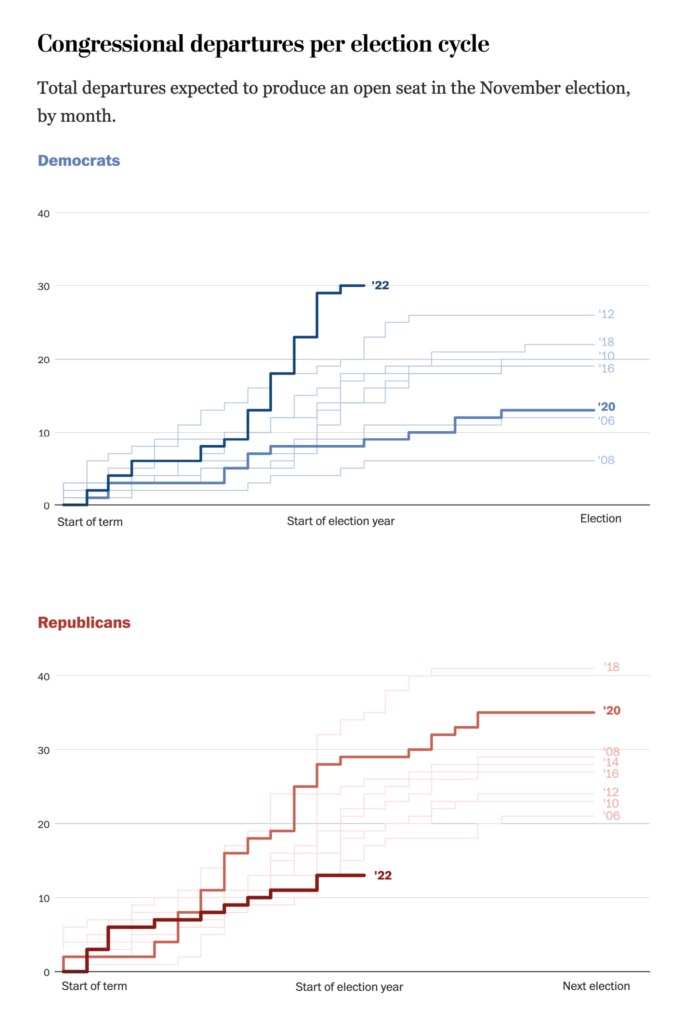
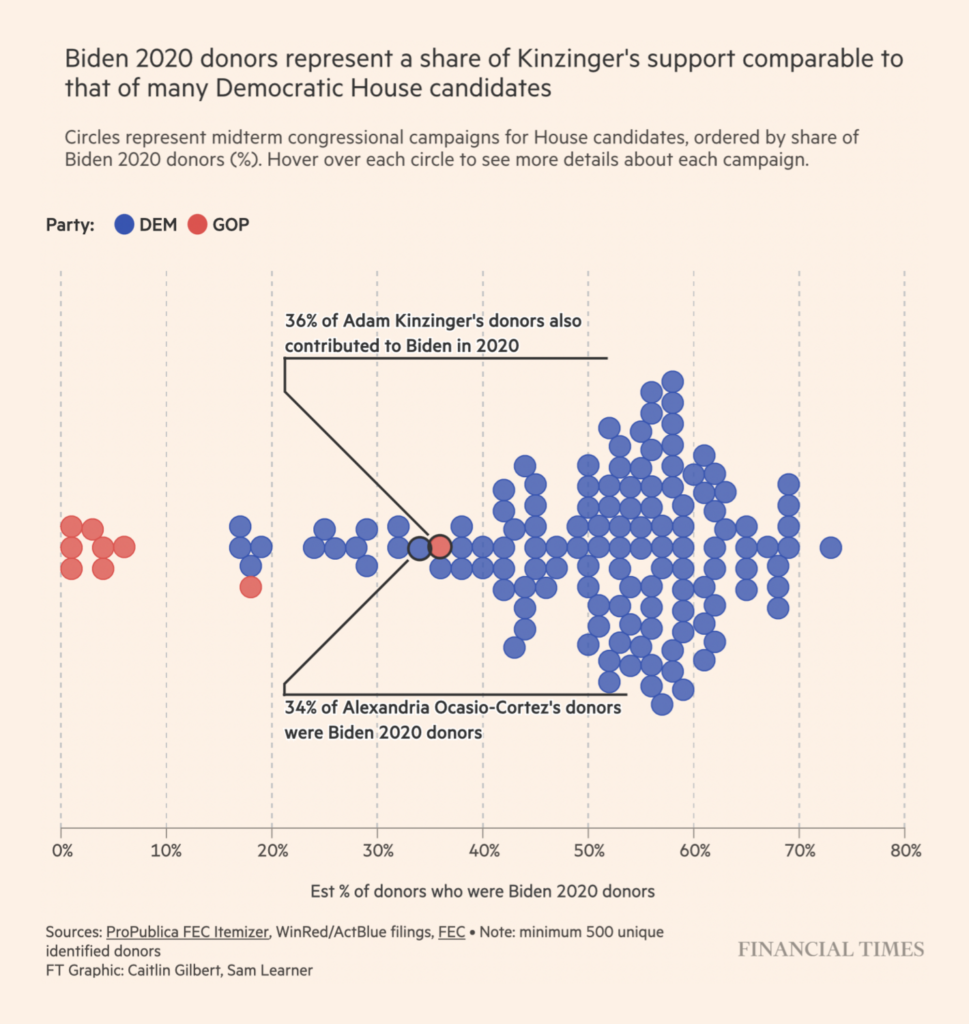
Other political topics included the recent electoral gains of Spain’s right-wing Vox party, and prospect of a Supreme Court nomination in the U.S.:
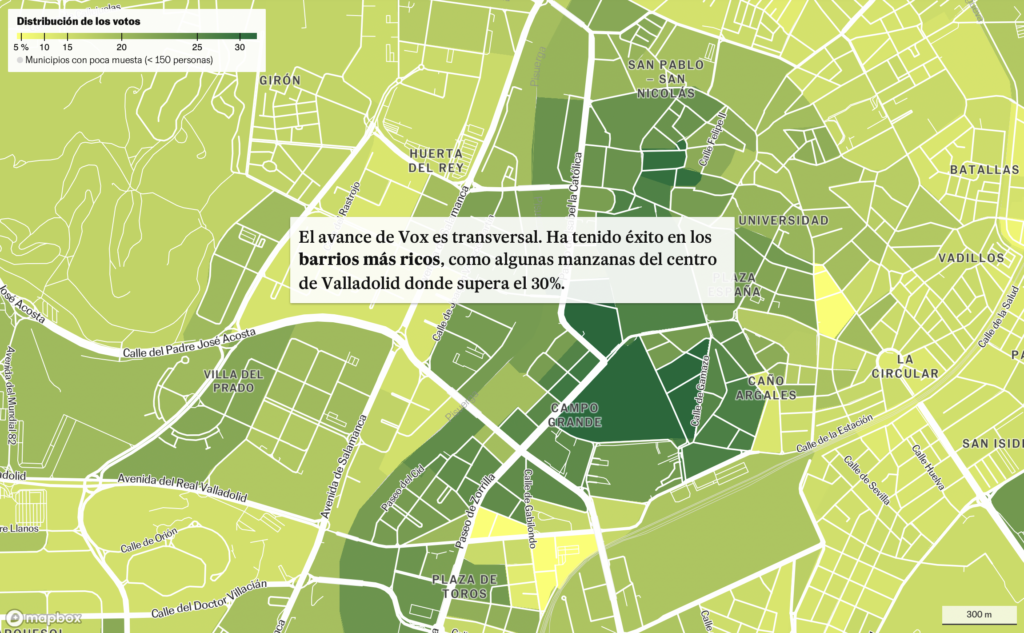

All the economic basics were covered this week, with visualizations on housing, food costs, pensions, and employment:
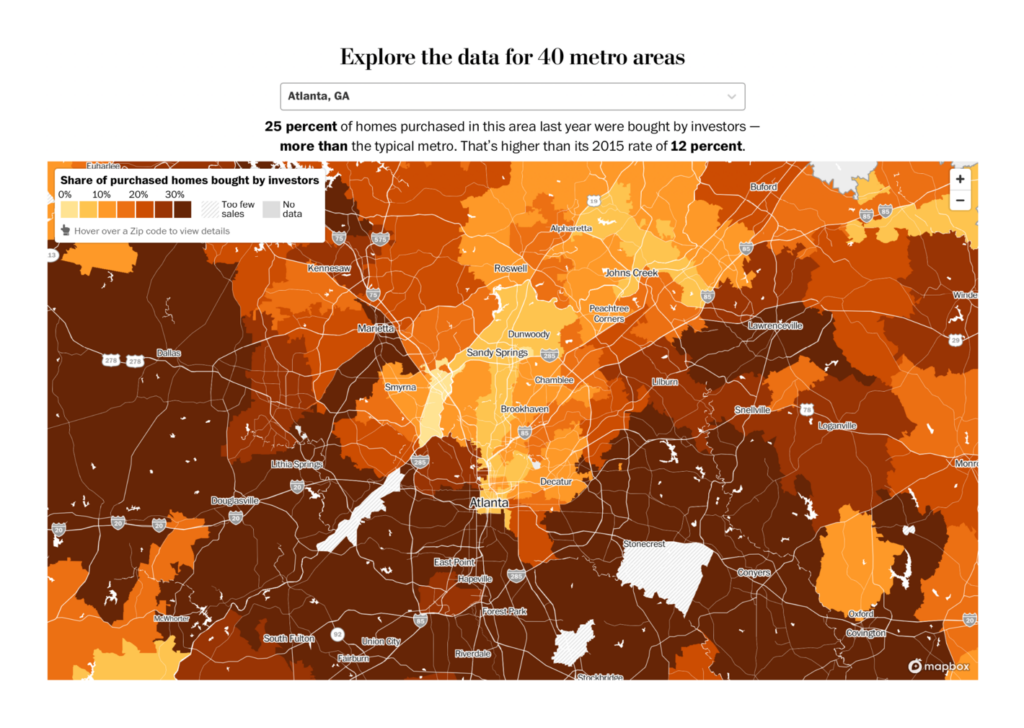
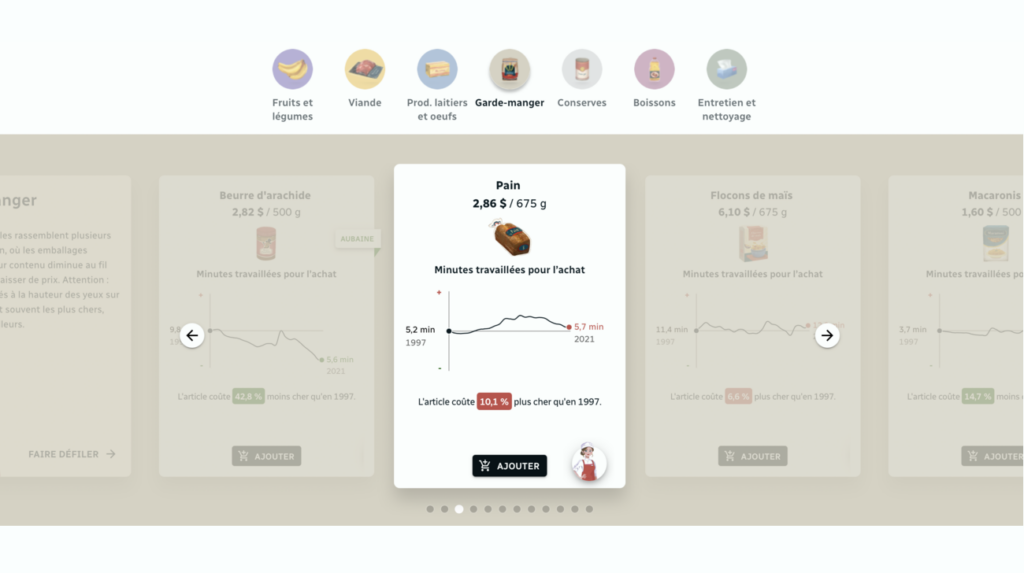
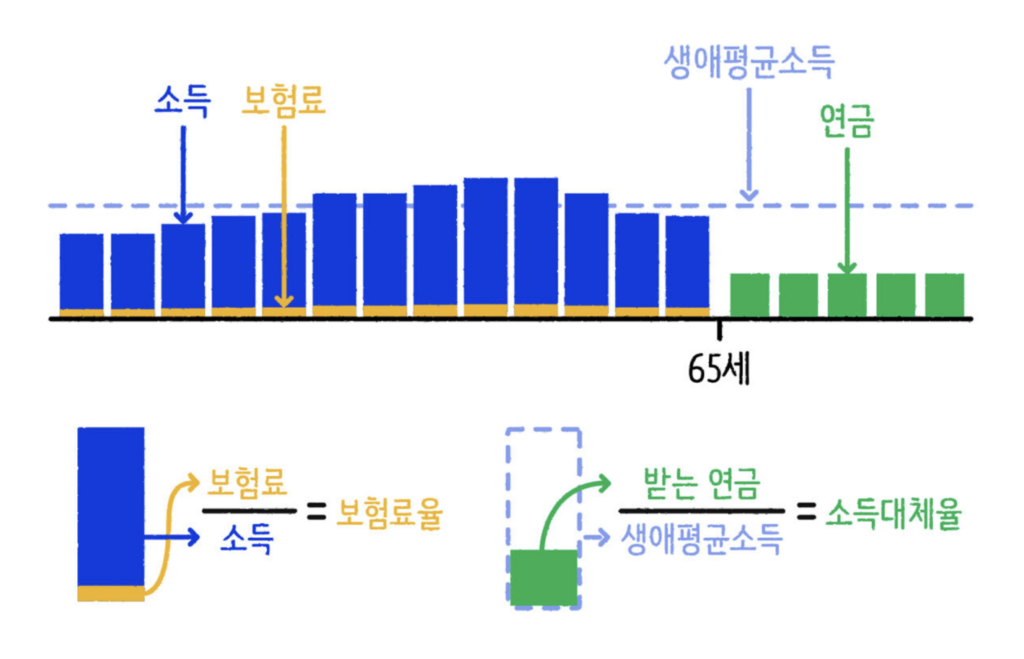
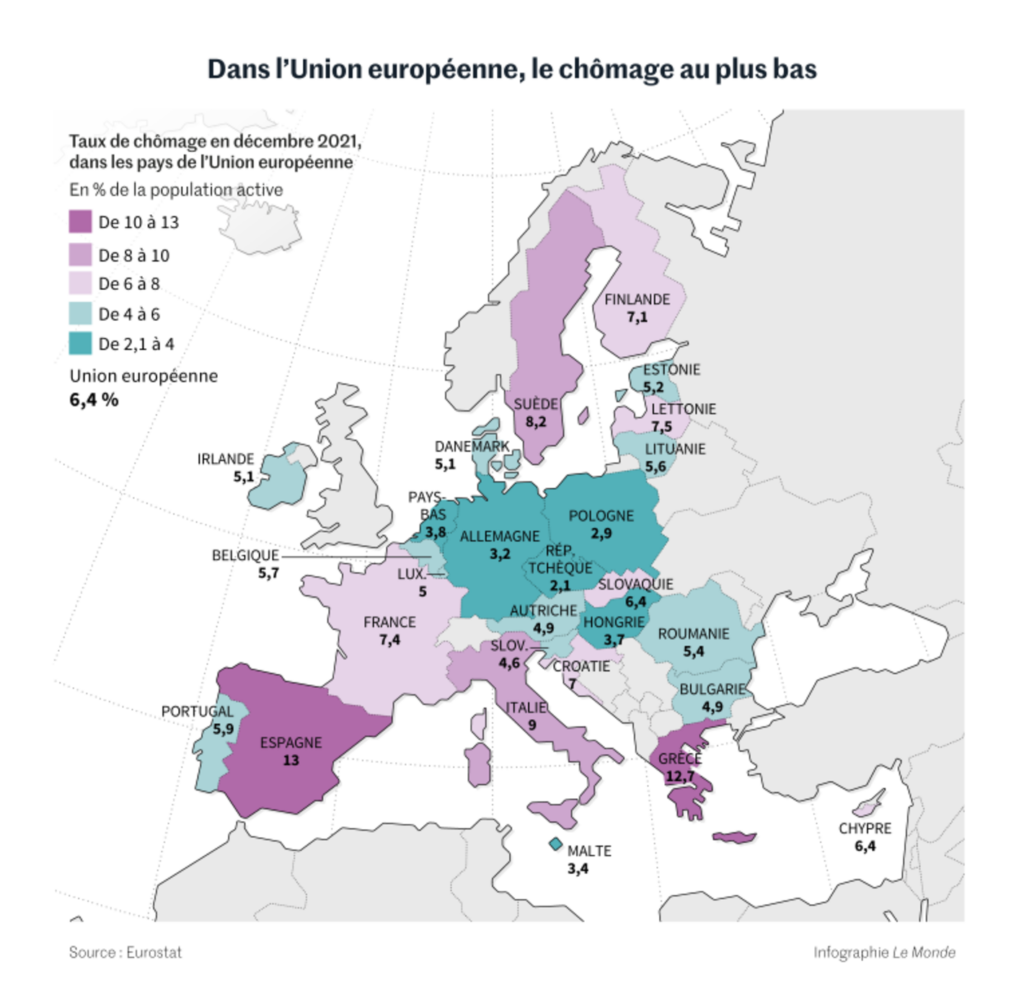
Climate charts focused on international disparities:
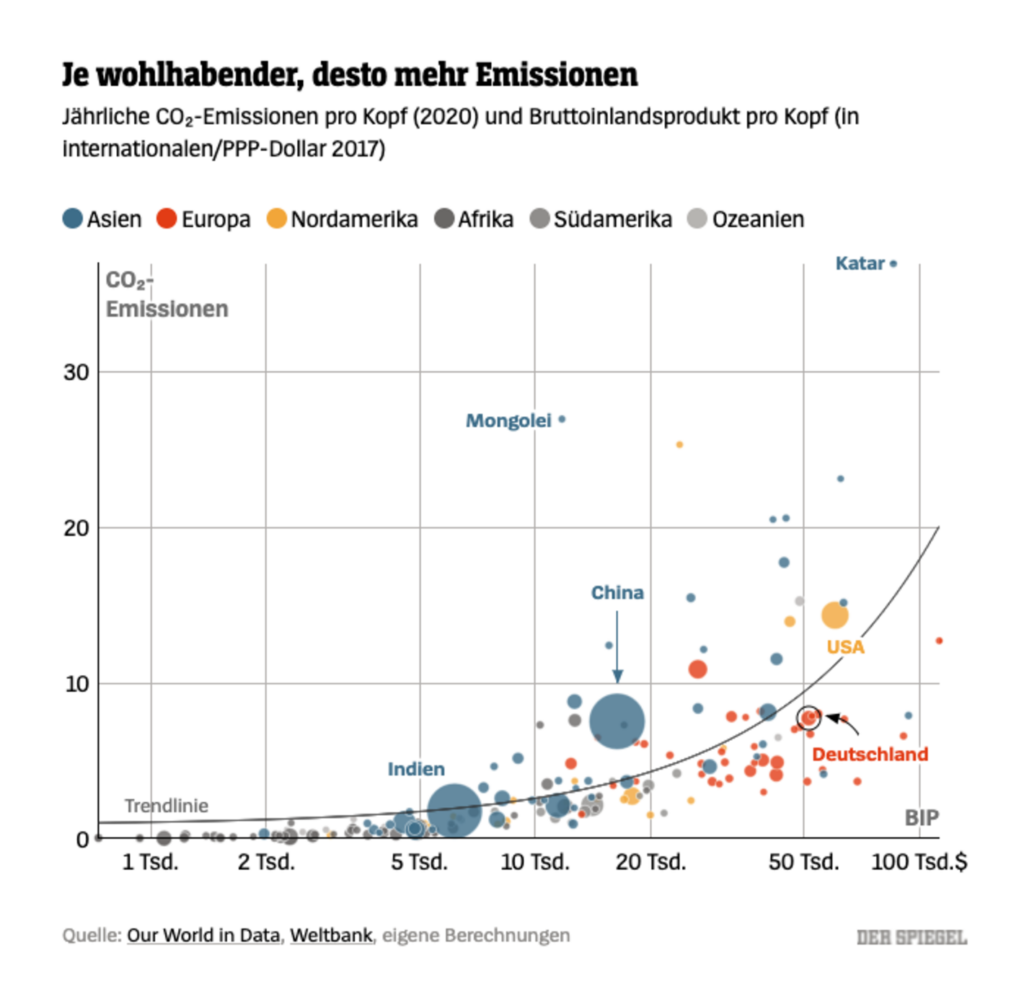
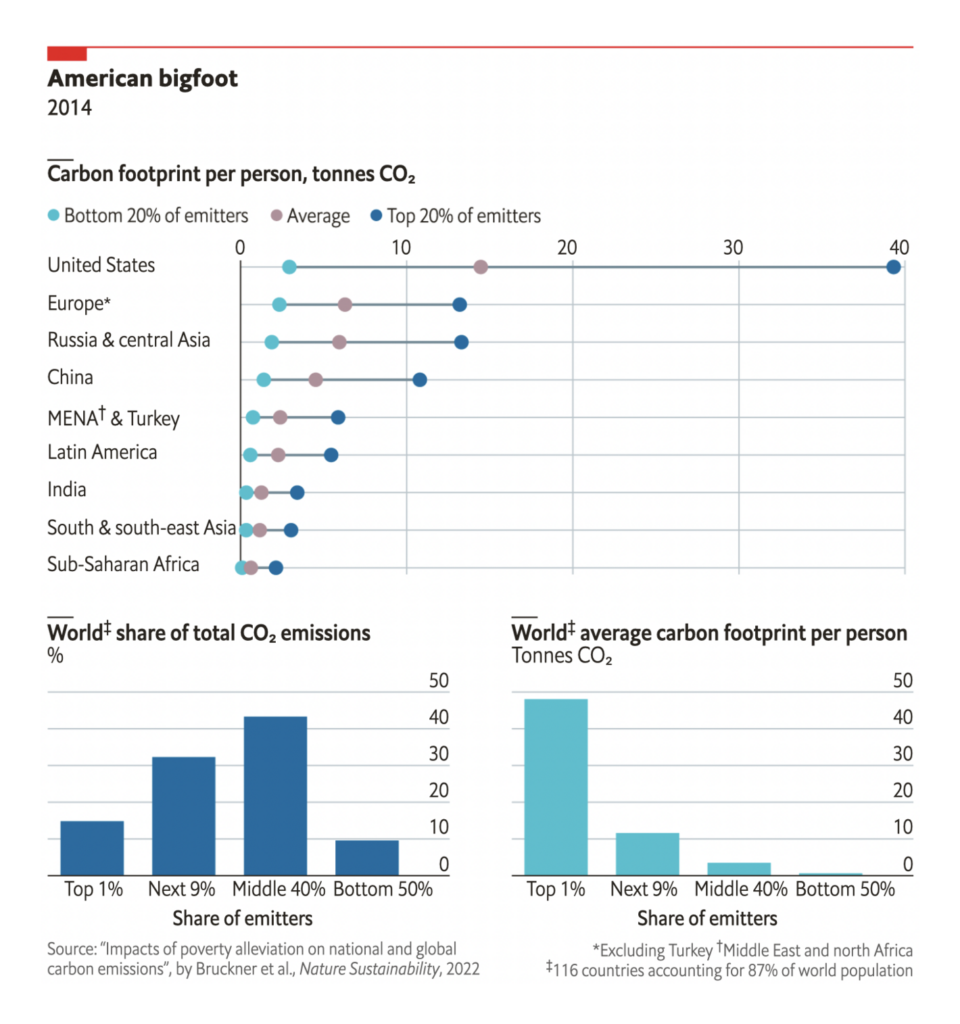
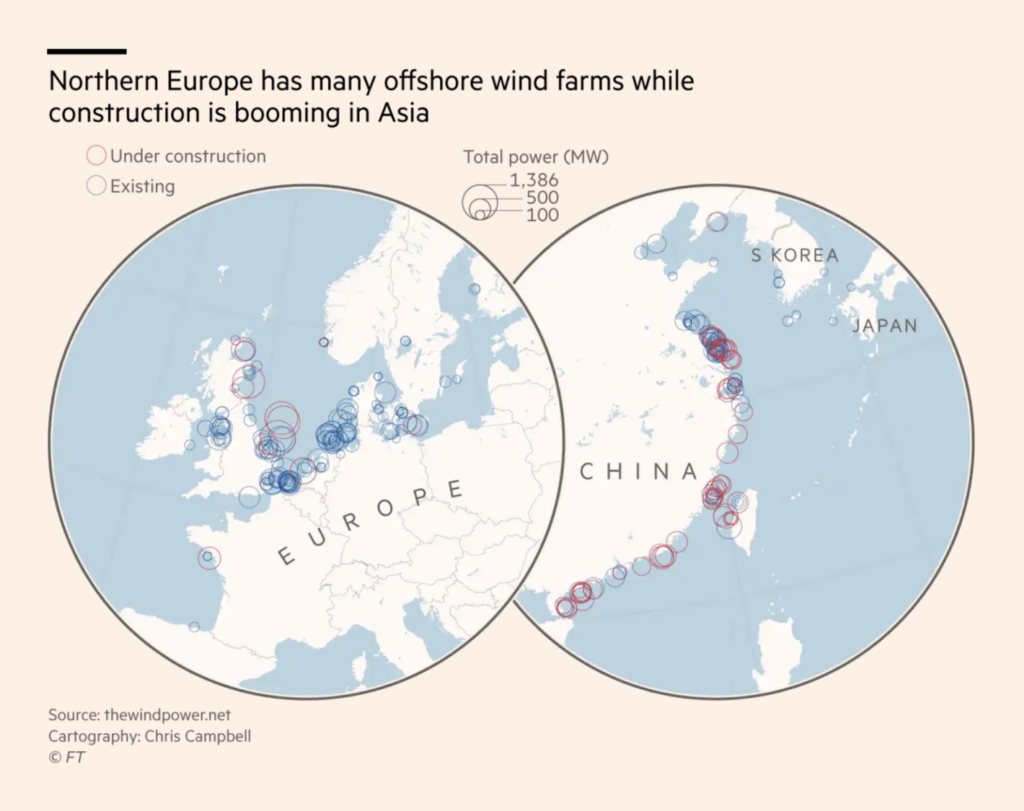
And other topics included everything from “sneaker nationalism” in China to the gem trade in Myanmar:
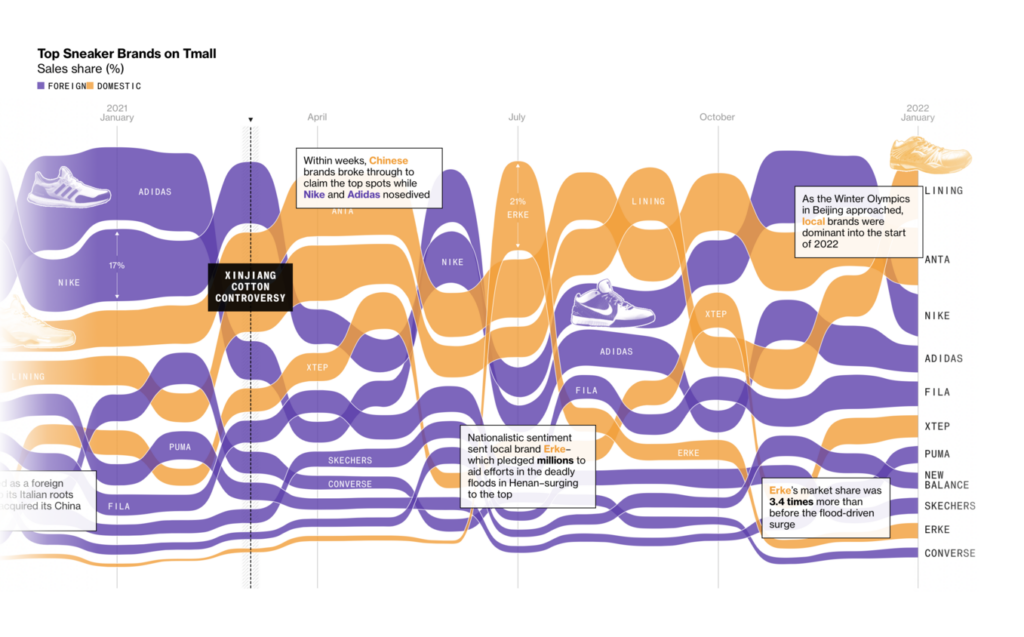
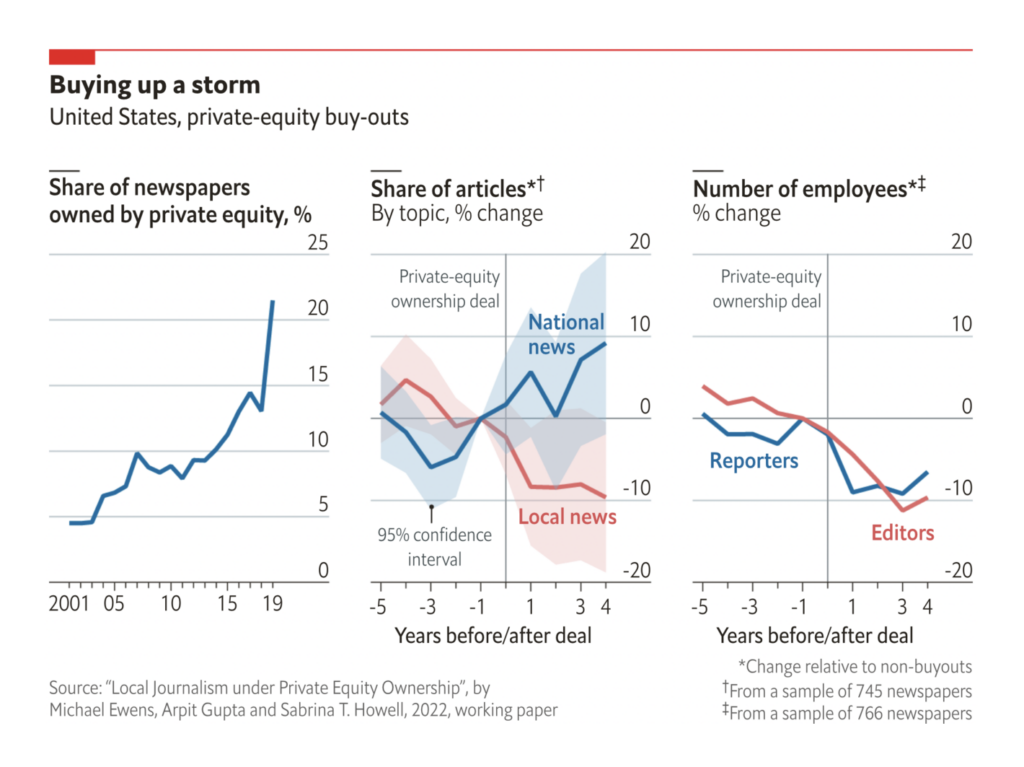
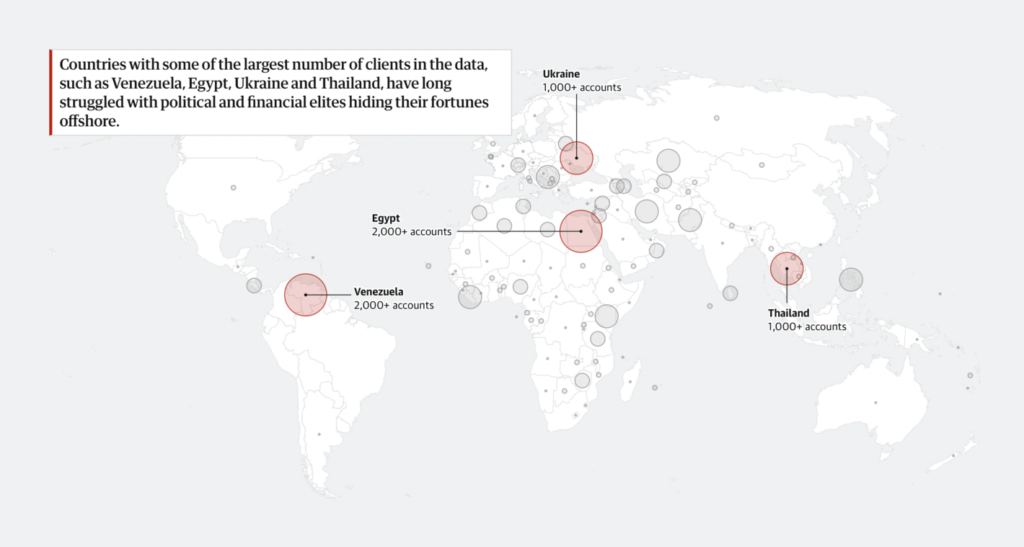
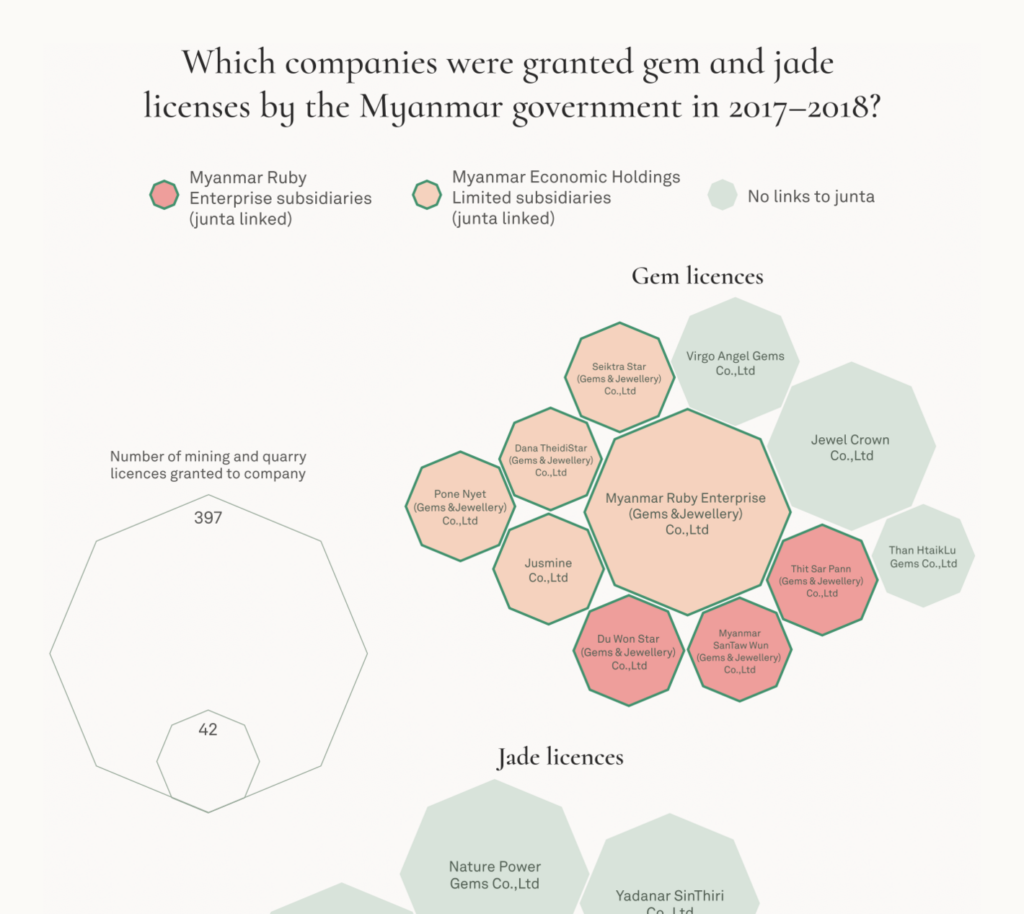


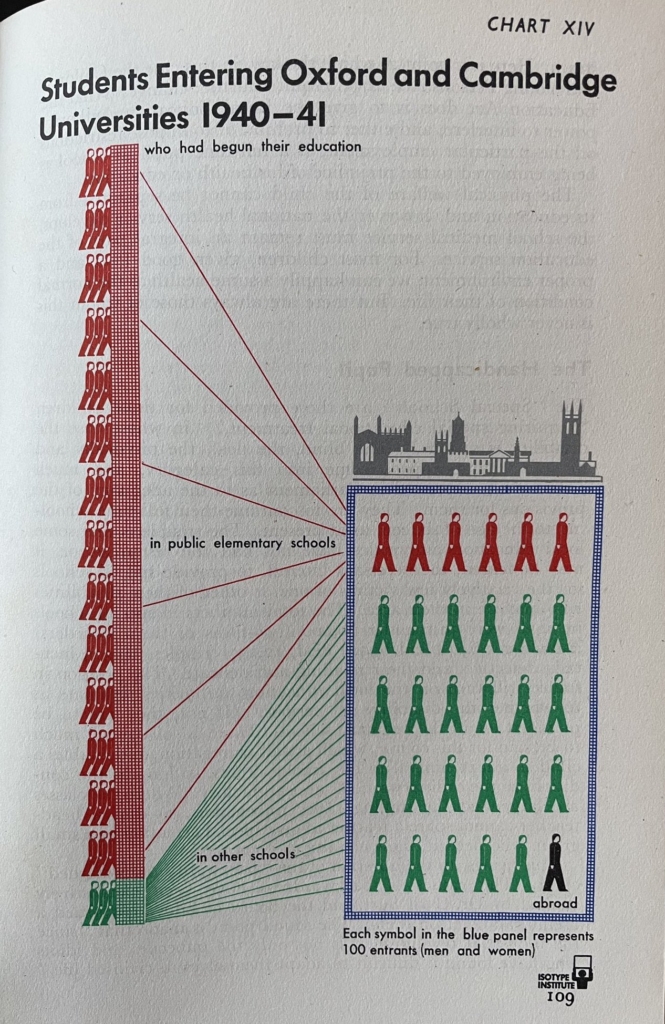

Applications are open for…
Help us make this dispatch better! We’d love to hear which newsletters, blogs, or social media accounts we need to follow to learn about interesting projects, especially from less-covered parts of the world (Asia, South America, Africa). Write us at hello@datawrapper.de or leave a comment below.
Comments